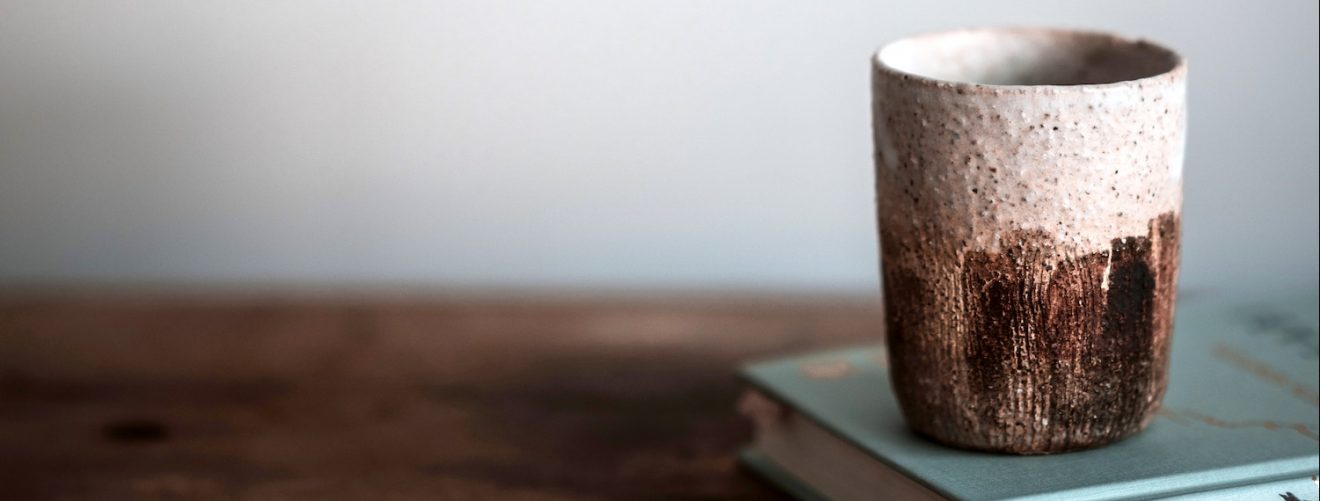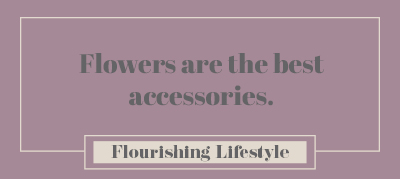Are you sick and tired of always wanting to do everything perfect? Then the Japanese Wabi-Sabi philosophy of life is something for you. It’s an ancient concept from Japan, and stands for the art of finding beauty in imperfections. Something we can use well in the West, as a counter-reaction to all styled interiors and perfect images on social media. In this article we’ll tell you more about it!
What is Wabi-Sabi?
Wabi-Sabi is an ancient concept from Japan, originated when two words were combined. Wabi means simplicity, and Sabi refers to the beauty that comes with the passing of time. Wabi is space, Sabi is time, you could say. There are no rules, it’s a certain mindset. One that makes you realize things are beautiful the way they are.
Dit bericht bekijken op Instagram
As an interior-style
Wabi-Sabi is a mindset, and not really an interior-style. Yet you can incorporate this concept into your interior very well. The most important is: it doesn’t have to be perfect. Find beauty in imperfections. A Wabi-Sabi interior focuses on minimalism, with only the necessary and usable possessions. This creates gratitude for what you already have, instead of a desire for new things. As your perspective shifts, you will feel more satisfied in the present moment.
All parts within the Wabi-Sabi interior have one thing in common: they have changed over time and create a sense of melancholy. They aren’t beautiful the classic way, as in finished or new, but in a timeless way. Think, for example, of products that have been given a light gloss or whose surface has become crackled. This shows that they have a history, that you won’t find in new stuff.
Also see: Non-toxic living: 3 ways to make your home less toxic
These are just a few guidelines, but of course you’re free to experiment and do what feels right to you!














